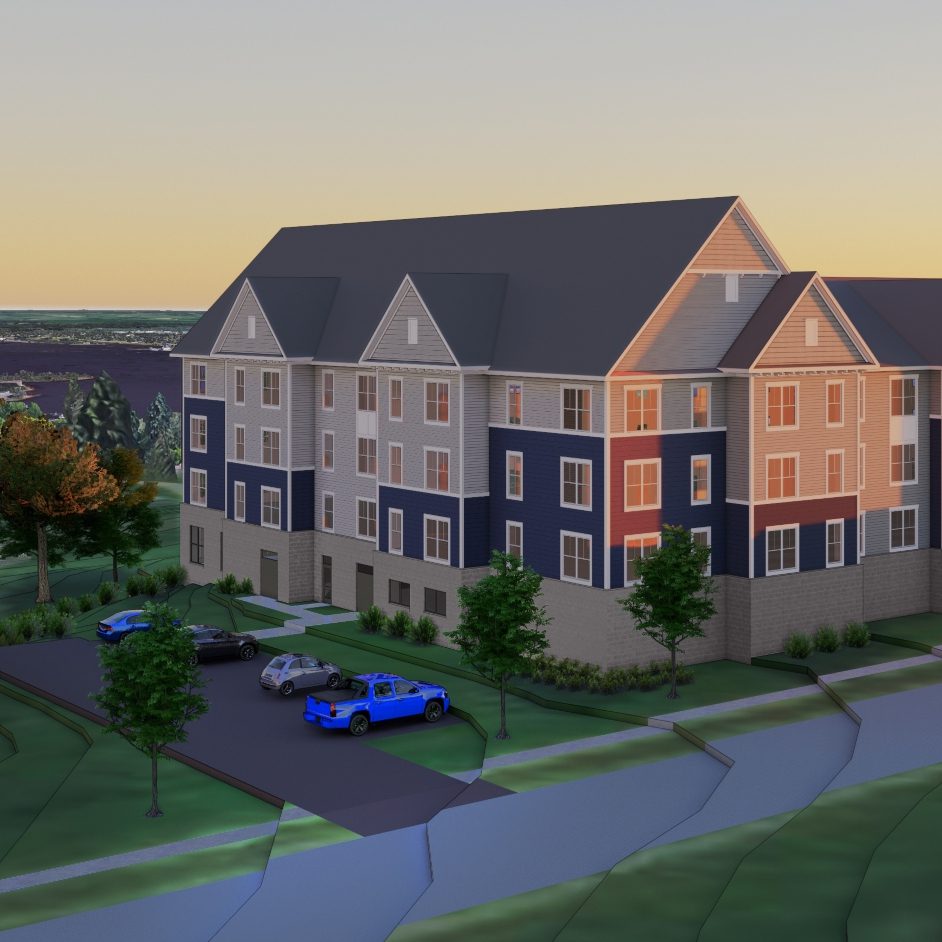
The AIA 2030 Commitment
LHB was an early adopter of data-driven design, understanding that what is measured can be managed. We are involved in developing, advocating for, and using Minnesota’s Sustainable Building 2030 (SB 2030) program that sets specific performance targets for energy use in buildings. Every five years, the building energy consumption target is reduced so that by 2030 the goal of net zero energy is achieved. A similar global initiative, the 2030 Challenge, asks the architecture and building community to adopt performance targets so that by 2030 new construction will not require any greenhouse gas emitting energy to operate.
In an effort to ensure the goal of a carbon-neutral built environment is achieved, the American Institute of Architects (AIA) is inviting firms to make the AIA 2030 Commitment. With LHB’s long-term commitment to reducing the environmental impact of the buildings and sites we design, it was an obvious decision for our firm to sign on. The 2030 Commitment asks firms to 1) track the operational energy use of their design portfolios within the AIA 2030 Design Data Exchange, and 2) make energy efficient improvements in their own offices. Performance Services Group members Rick Carter, Maureen Colburn, and Abby Meuser-Herr are leading these efforts.


Energy Targets
The following graph illustrates the net zero energy goal of SB 2030 and the carbon neutral goal of the 2030 Challenge. SB 2030’s average building is based on the ASHRAE 1989 90.1 Energy Code. The 2030 Challenge’s average building is based on existing building energy use (CBECS 2003 data). Designing with either program as a target, modeling predicted energy use, and tracking actual operations will significantly reduce the environmental impact of our buildings. By signing the 2030 Commitment, LHB has committed to significantly increase the number of buildings in our portfolio that have an aggressive energy target, utilize energy modeling iteratively throughout the design process, and track actual operations.
Sustainability Action Planning
LHB works with clients across scales from campuses to cities to the state of Minnesota on sustainability action planning. Over the next year, we will create our own plan for operational improvements throughout our offices with the goal of reducing energy use. Like many of our clients, we already implement multiple environmentally friendly practices but have not compiled them into an intentional plan that illustrates existing conditions, establishes goals, and prioritizes actions.
Follow our 2030 Commitment journey on this blog in the coming months.
